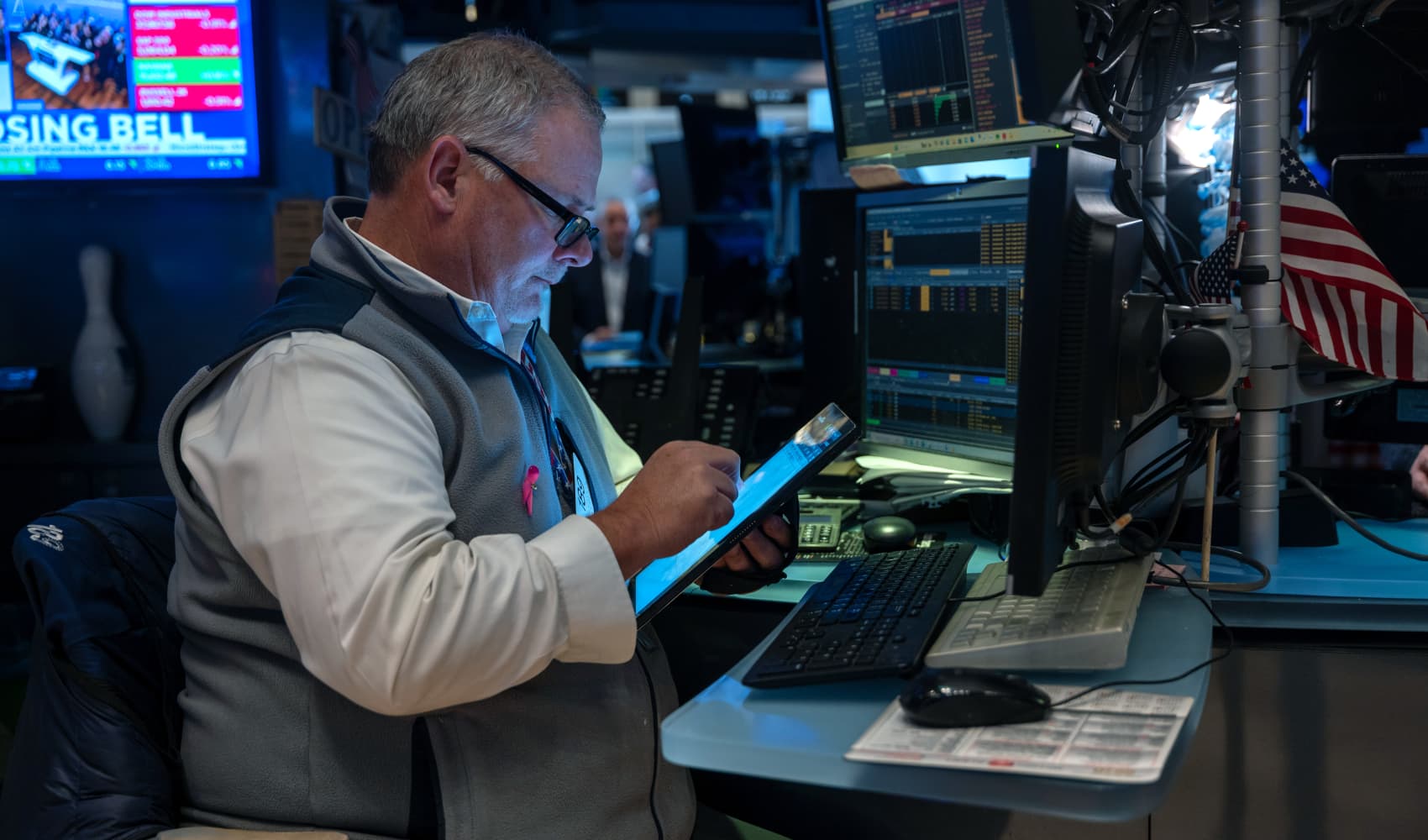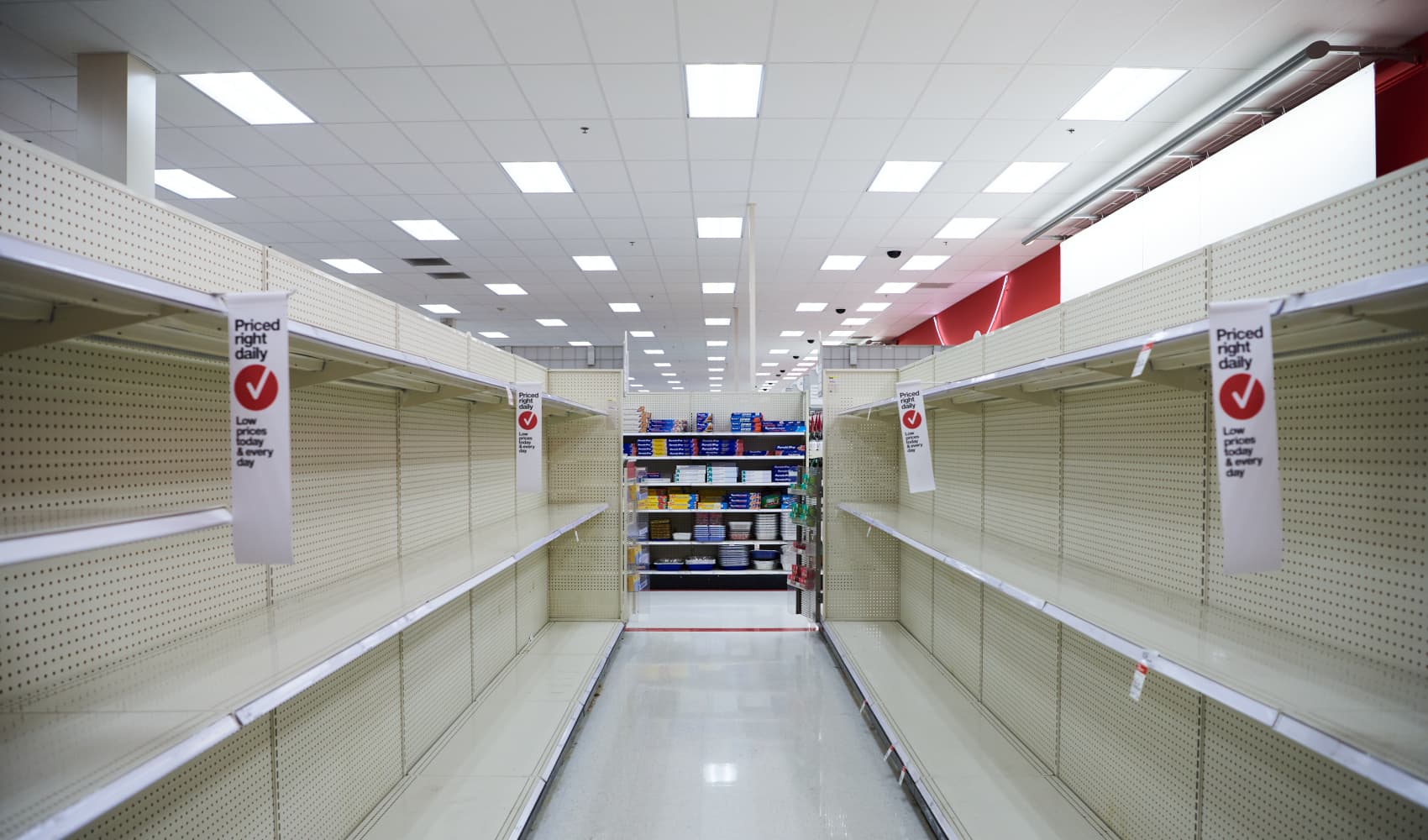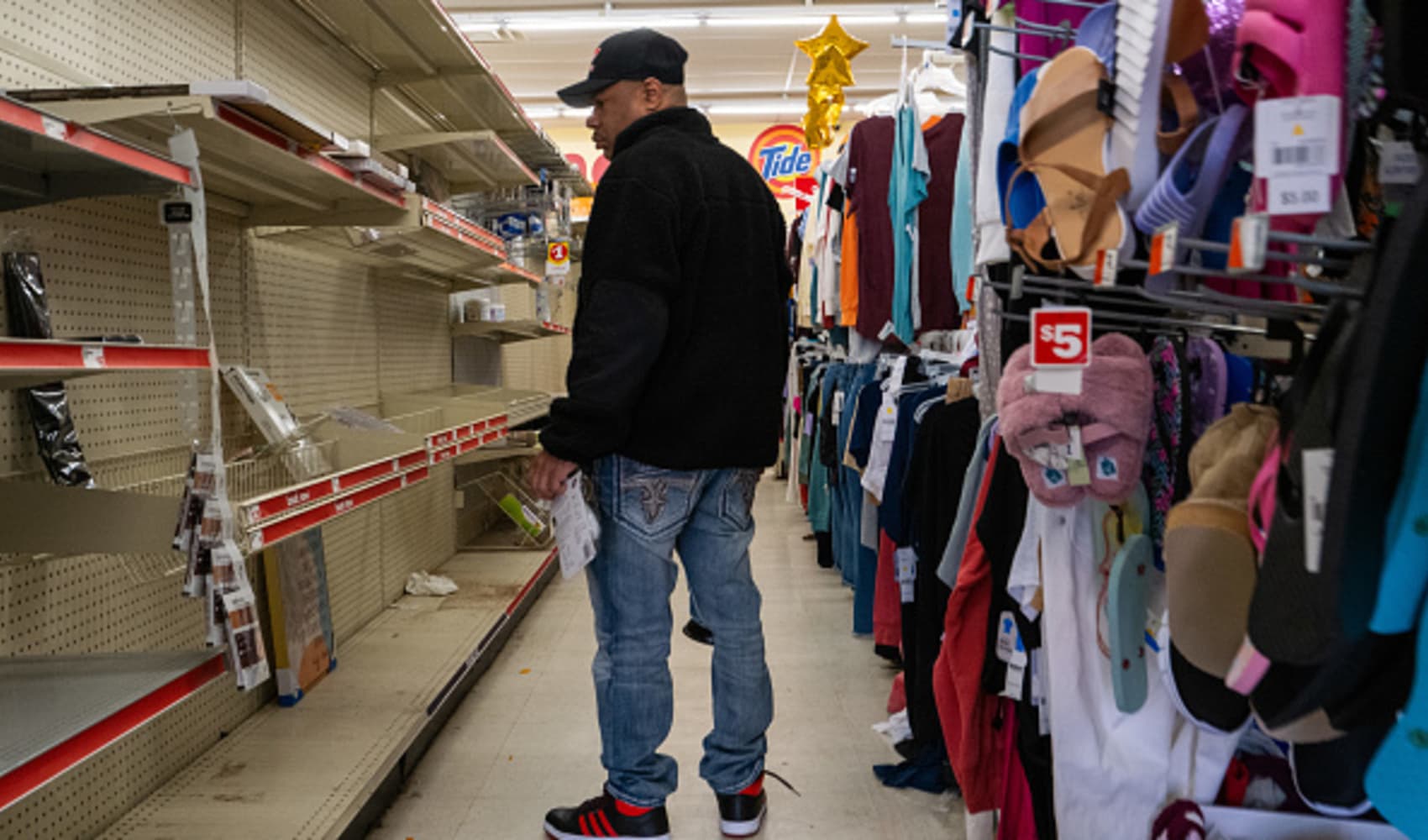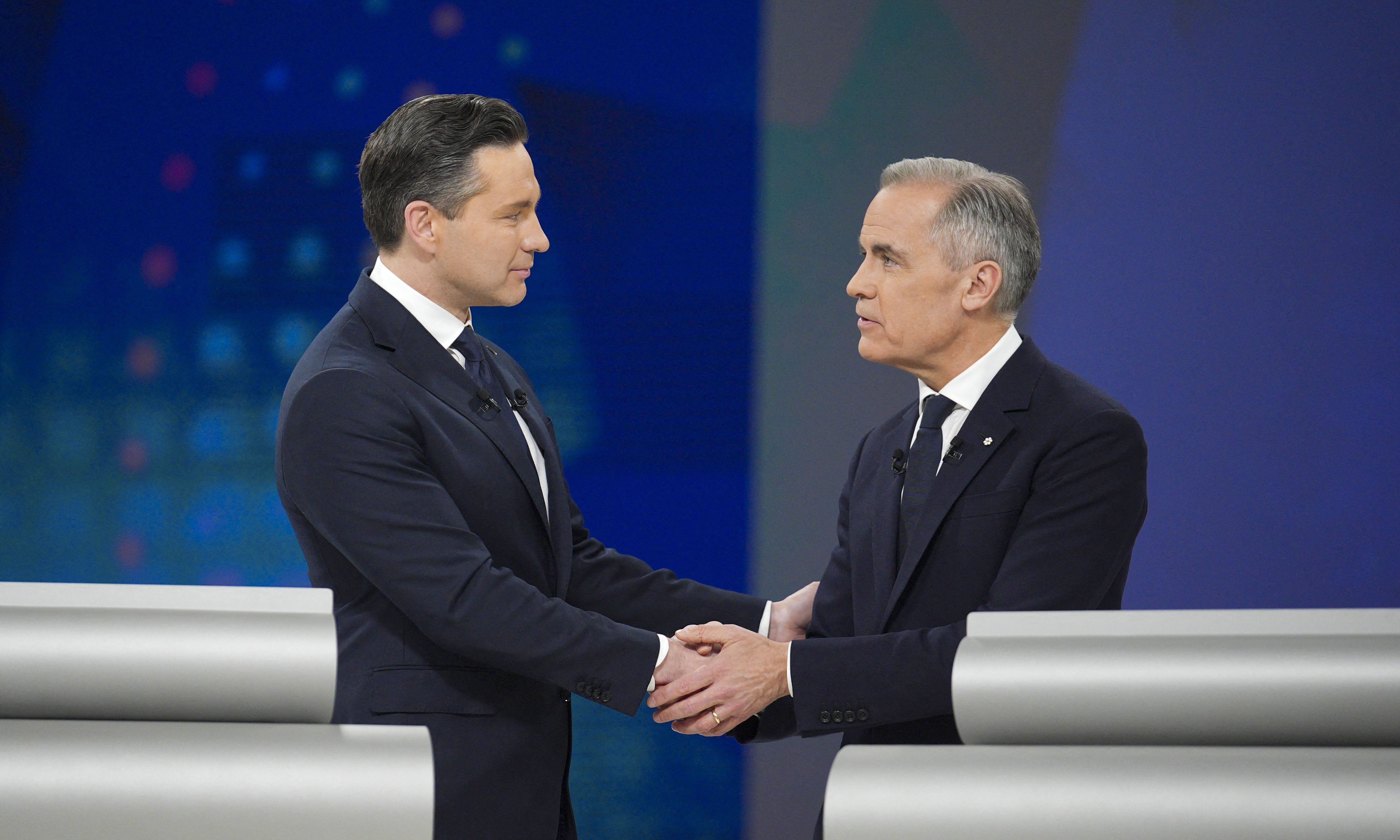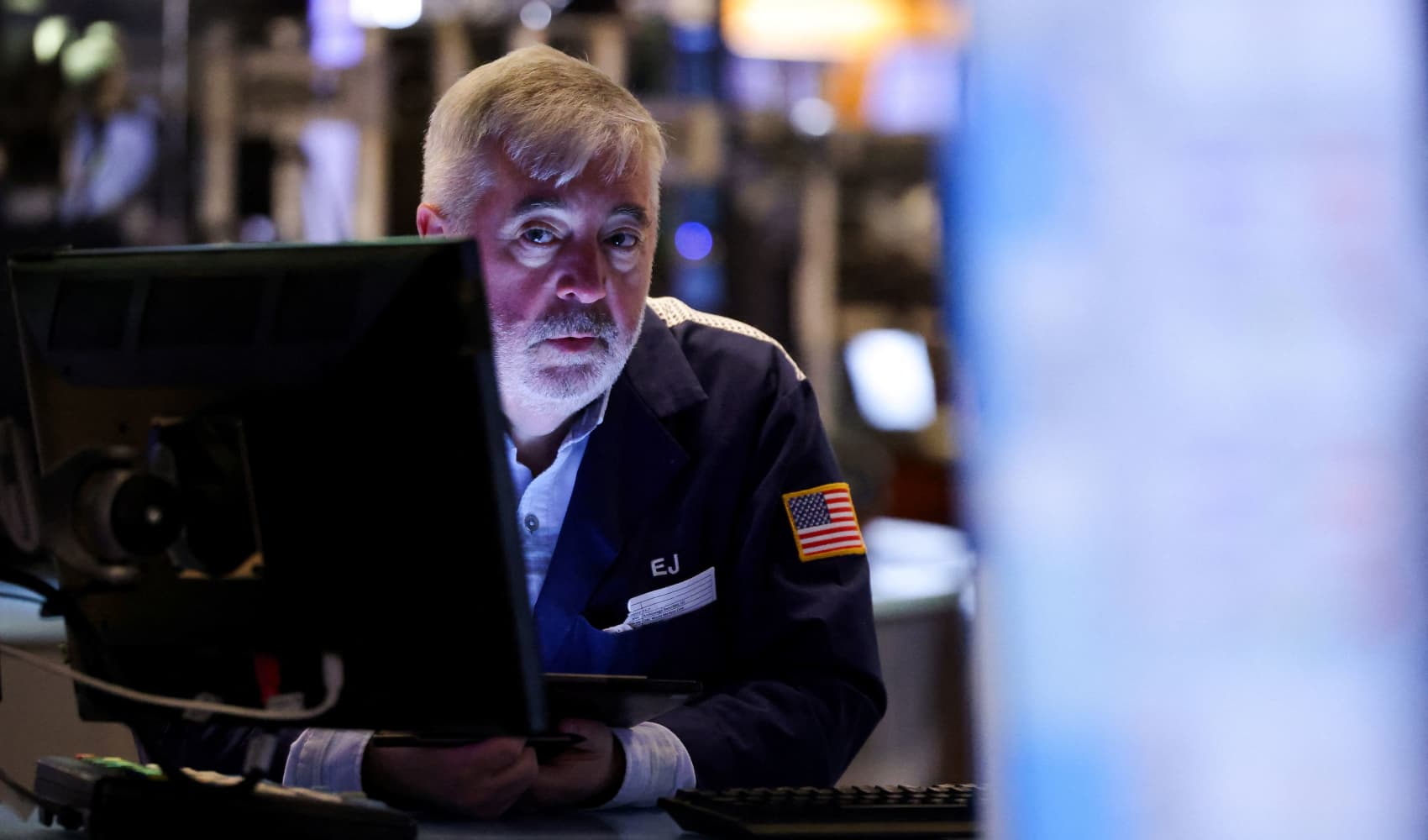10-Year Treasury Yield Drops: What It Means For You
Decoding the Dip: 10-Year Treasury Yield Falls Amid Economic Uncertainty
Introduction: What's Driving the Bond Market?
The world of finance can feel like a constantly shifting landscape, can't it? One day, things are up, the next, they're down. Recently, we've seen the 10-year Treasury yield take a dip, a move that has investors and economists alike scratching their heads and looking for clues. But what's behind this shift? And what does it mean for you and your investments? Let's dive in and unravel the story.
Treasury Yields Explained: A Primer
Okay, first things first: let's break down what Treasury yields are and why they matter. A Treasury yield is essentially the return you get on a U.S. government debt security, like a bond. When investors buy these bonds, they're lending money to the government, and the yield is the interest rate they receive in return. The 10-year Treasury yield is particularly important because it's often used as a benchmark for other interest rates, like mortgages and corporate bonds.
Why Do Yields Fluctuate?
Yields don't just sit still. They move up and down based on a variety of factors, including inflation expectations, economic growth prospects, and the Federal Reserve's monetary policy. When investors are optimistic about the economy, they tend to sell bonds, pushing prices down and yields up. Conversely, when uncertainty looms, investors flock to the safety of Treasuries, driving prices up and yields down. Think of it like a seesaw – bond prices and yields move in opposite directions.
The Immediate Numbers: What Happened on Monday?
On Monday, the 10-year Treasury yield experienced a noticeable drop, falling more than 5 basis points to 4.21%. That might not sound like much, but in the bond market, even small movements can have significant implications. The 2-year Treasury yield also saw a decrease, falling more than 7 basis points to 3.685%. Remember, one basis point equals 0.01%, so these are meaningful shifts.
Economic Data on the Horizon: The Week Ahead
The market's focus is now squarely on the upcoming barrage of economic data. These reports are like pieces of a puzzle, and investors are hoping they'll paint a clearer picture of the economy's health. Key reports include readings on jobs, economic growth (GDP), and inflation. This data will provide crucial insights into how businesses and consumers are reacting to various economic pressures.
Jobs Report: A Crucial Indicator
The jobs report is always a closely watched indicator. It provides a snapshot of the labor market, including the unemployment rate and the number of jobs added or lost. A strong jobs report suggests a healthy economy, while a weak report raises concerns about a potential slowdown.
GDP: Gauging Economic Growth
Gross Domestic Product (GDP) is the broadest measure of economic activity. It represents the total value of goods and services produced in the economy. A strong GDP reading indicates robust economic growth, while a weak reading suggests a contraction. Are we seeing a boom or a bust? GDP will offer some answers.
Inflation Data: Keeping Prices in Check
Inflation refers to the rate at which prices are rising. High inflation erodes purchasing power and can force the Federal Reserve to raise interest rates. Investors are closely watching inflation data to gauge the Fed's likely response. Will inflation continue to cool down, or will it prove to be more stubborn?
Trade Policy Uncertainty: A Wild Card
Beyond the economic data, there's another factor at play: trade policy. The current global trade landscape, particularly between the U.S. and China, is filled with uncertainty. Changes in trade policies, such as tariffs, can have a ripple effect throughout the economy, impacting businesses, consumers, and investors.
Treasury Secretary's Stance on Trade
Treasury Secretary Scott Bessent recently emphasized that the responsibility for reaching a trade agreement rests with China. He pointed out that China's exports to the U.S. far exceed U.S. exports to China, making tariffs unsustainable in the long run. This highlights the complexities and potential risks associated with the ongoing trade negotiations.
The Fed's Next Move: Will They Hike or Hold?
The Federal Reserve's monetary policy decisions are a major driver of Treasury yields. The Fed controls the federal funds rate, which influences short-term interest rates throughout the economy. Investors are constantly trying to anticipate the Fed's next move, whether it's to raise interest rates, lower them, or hold them steady. The upcoming economic data will play a crucial role in shaping the Fed's decision-making process.
Quantitative Tightening: The Shrinking Balance Sheet
It's not just about interest rates. The Fed has also been engaged in quantitative tightening (QT), which involves reducing the size of its balance sheet. This can also put upward pressure on Treasury yields, as the Fed is no longer buying as many bonds.
Impact on Mortgages: What Homebuyers Need to Know
The 10-year Treasury yield has a direct impact on mortgage rates. When the 10-year yield falls, mortgage rates tend to follow suit, making it more affordable for people to buy homes. Conversely, when the 10-year yield rises, mortgage rates typically increase, making homeownership more expensive. So, if you're in the market for a home, keep a close eye on Treasury yields!
Corporate Bonds: The Ripple Effect
The influence of Treasury yields doesn't stop at mortgages. It also extends to corporate bonds. Companies issue corporate bonds to raise capital, and the interest rates they pay on those bonds are often linked to the 10-year Treasury yield. Lower Treasury yields can translate into lower borrowing costs for companies, which can boost their profitability and investment.
Stock Market Reaction: Risk On or Risk Off?
The stock market's reaction to changes in Treasury yields is often complex and nuanced. In general, falling Treasury yields can be seen as a positive sign for stocks, as they suggest lower borrowing costs for companies and potentially lower discount rates for future earnings. However, if yields are falling due to concerns about economic growth, it can also be a negative signal for stocks.
Investor Sentiment: Fear vs. Greed
Ultimately, the direction of Treasury yields reflects investor sentiment. Are investors feeling optimistic and willing to take on risk (risk on)? Or are they feeling cautious and seeking safety (risk off)? Right now, there seems to be a mix of both, as investors grapple with conflicting signals from the economy.
The Future Outlook: Navigating the Uncertainty
Predicting the future is always a tricky business, especially in the financial markets. However, by closely monitoring economic data, trade policy developments, and the Fed's actions, we can gain a better understanding of the forces shaping Treasury yields. Stay informed, stay diversified, and remember that long-term investing is a marathon, not a sprint.
Conclusion: Key Takeaways
In conclusion, the recent fall in the 10-year Treasury yield is a complex phenomenon driven by a combination of factors, including anticipation of key economic data, trade policy uncertainty, and the Federal Reserve's monetary policy. These factors all contribute to investor sentiment, ultimately determining the direction of the bond market and impacting various sectors of the economy, from mortgages to corporate bonds and the stock market. Keep an eye on these developments, as they can have significant implications for your financial well-being.
Frequently Asked Questions (FAQ)
Here are some frequently asked questions to further clarify the topic:
- Why is the 10-year Treasury yield considered a benchmark?
The 10-year Treasury yield is a benchmark because it reflects the market's expectations for long-term interest rates and economic growth. It's widely used as a reference point for pricing other debt instruments, like mortgages and corporate bonds.
- What does a falling 10-year Treasury yield signal about the economy?
A falling 10-year Treasury yield can signal concerns about slower economic growth, lower inflation expectations, or increased demand for safe-haven assets like Treasury bonds.
- How does the Federal Reserve influence Treasury yields?
The Federal Reserve influences Treasury yields through its monetary policy decisions, such as setting the federal funds rate and conducting quantitative easing or tightening. These actions impact the supply and demand for Treasury bonds.
- What should investors do when Treasury yields are falling?
When Treasury yields are falling, investors might consider rebalancing their portfolios, adjusting their asset allocation to reflect changing economic conditions, or exploring opportunities in other asset classes.
- How do trade policies impact Treasury yields?
Trade policies, such as tariffs, can create economic uncertainty and impact Treasury yields. Trade tensions can lead to increased demand for safe-haven assets, driving yields down, or they can lead to concerns about inflation, driving yields up.
